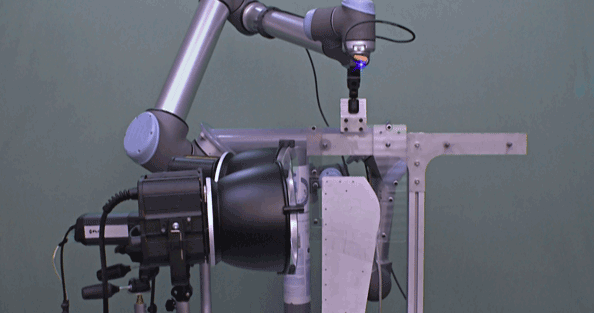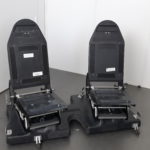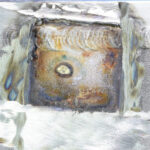Automated non-destructive testing for parts produced by Cetim was just one of the results of the “Tact” project dedicated to manufacturing composite parts for the aeronautical segment. The demonstrator will be on show at the JEC World 2019 fair.
Cetim Sud-Ouest and Cetim decided to develop and automate Non-Destructive Testing (NDT) processes for composite parts as a challenge and part of the “Tact, Technologies for warm composite airframes” project aiming to replace metal parts with lighter composite parts in special aircraft zones. Project results include : an automated NDT solution demonstrator for these parts developed by the two centers and on show at Cetim’s booth at the JEC World 2019fair and a video available on the Cetim France Youtube channel.
Automated and innovative NDT
The Tact project was run from 2015 to 2018, focused on replacing the titanium alloy TA6V by composite parts, used on maintenance hatches in warm areas (approx. temperature : 300°C) of the masts supporting the Airbus 350 engines. Targets : reduce the mass and production costs of these parts by 30%. In this context, Nimitech (project leader), Cetim Sud-Ouest, Airbus, Liebher Aerospace, ESI Group and Institut Clément Ader des Mines d’Albi worked as partners to produce several prototype composite parts using the Resin Transfer Molding (RTM) process.
Cetim Sud-Ouest studied non-destructive testing (NDT) for these new hatches, and the automation of this testing, in partnership with Cetim. To begin with, the two Centers evaluated several NDT methods : ultrasonic phased array, active infrared thermography and air-coupled ultrasonic techniques. According to the results of the study, active infrared thermography is particularly suitable for these composite parts. This technology heats (by external excitation) the area to be tested and analyses heat propagation with a thermal camera in order to detect any bonding or delamination defects, lack of resin or incorrect fiber orientation within the material in depth. The project continued with the automation of this NDT method using a collaborative robot. The demonstrator covers the positioning of the part by the robot, the synchronized activation of heating by two halogen lights, the acquisition of the thermal sequence by the camera, signal processing and the automatic detection of defects by thermal image analyse. The operator then validates part conformity. Next stage : industrial integration.
This project was selected by the Fonds unique interministériel (FUI – French applied research fund), and also received financial support from BPIfrance and the regions of Nouvelle-Aquitaine and Occitanie.
You could also check out “TACT project: non-destructive testing of composite hatches by infrared thermography” in a video on the Cetim France Youtube channel.



